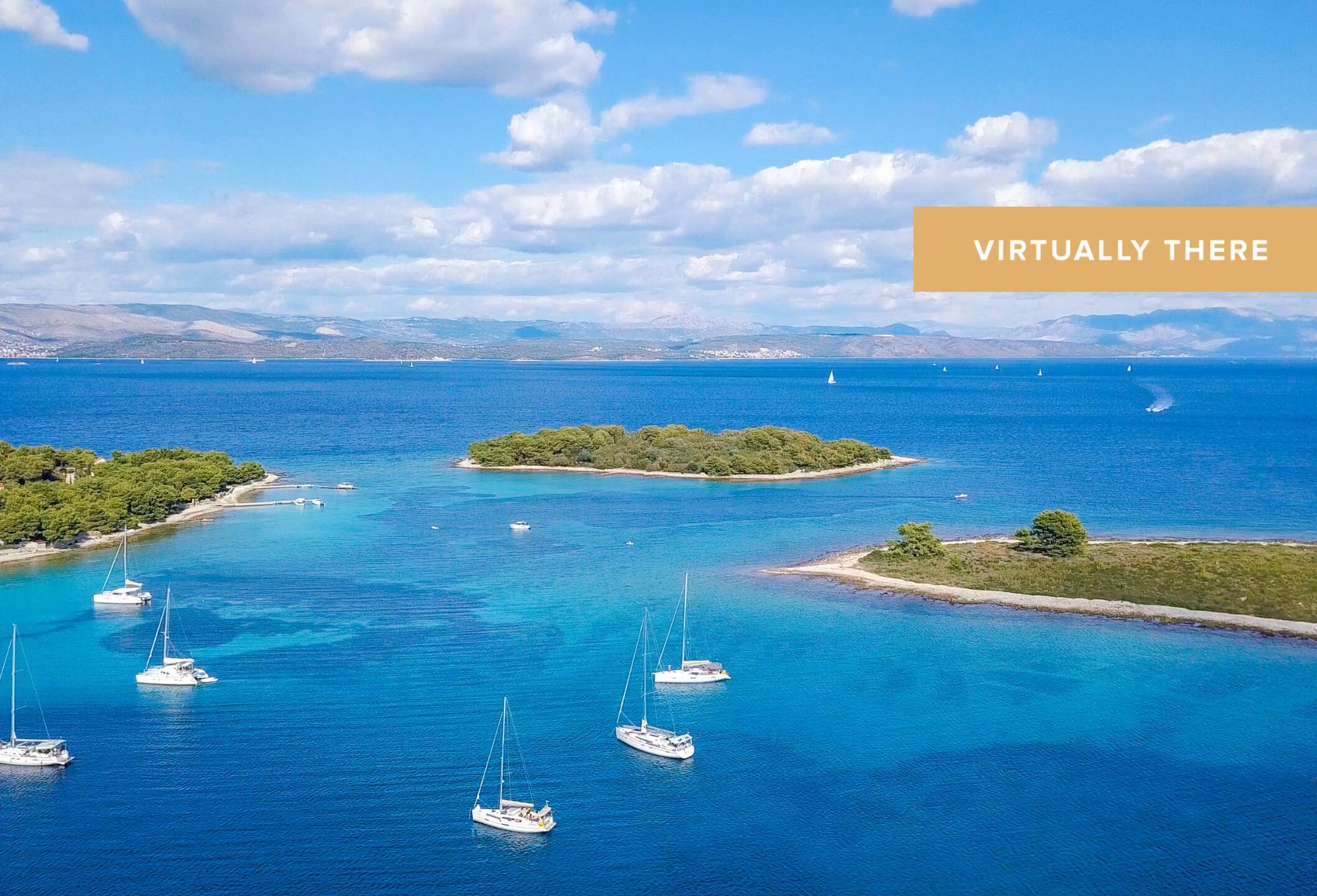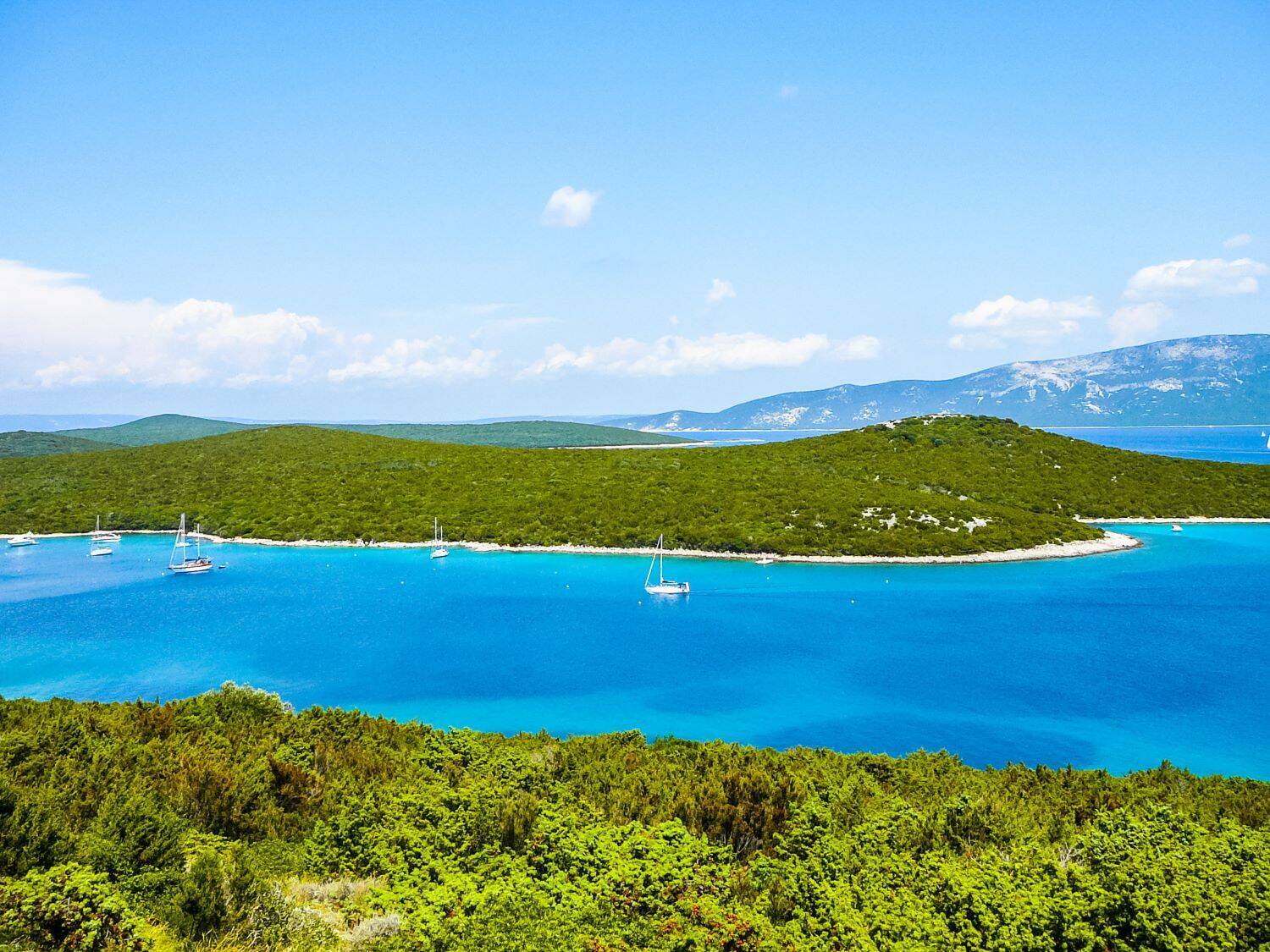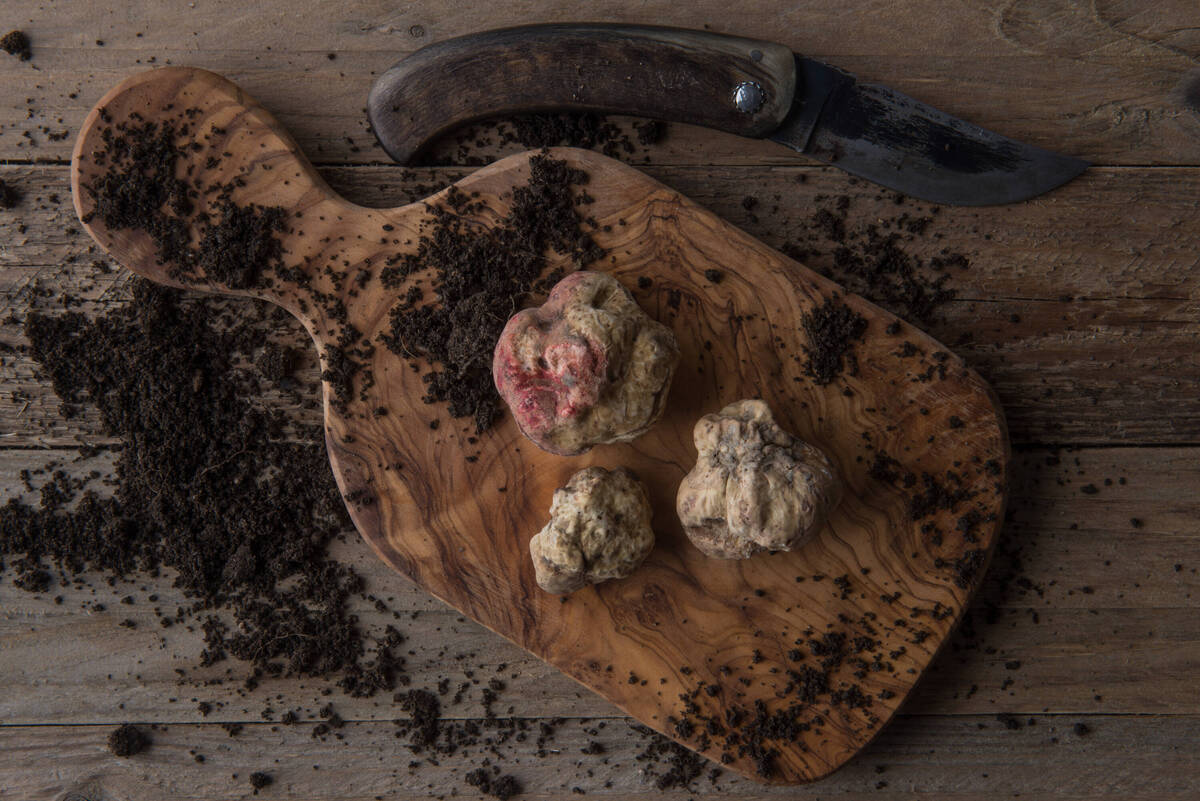Silba: Sandy beaches and secluded coves
The only motorised vehicle you'll see on Silba is the motorcycle used by the island's postman. You won't even see a bicycle during the summer months as these are banned during the tourist season when the island's population of 292 increases exponentially. This small island of only 15 square km is a popular summer getaway thanks to its sandy beaches and secluded coves. Silba is also the name of the only settlement here, where you can shop for essentials, sample Dalmatian delicacies at one of the few restaurants, or soak in the relaxed Mediterranean vibe at a café. It's only a ten-minute walk from town to the beautiful sandy beach at Sotorišće and its see-straight-to-the-bottom clear waters.
How to get there: Silba is part of the archipelago of islands just off the coastal city of Zadar from where there are regular ferry services. There are ferries from Zadar and Pula on the mainland, or the islands of Lošinj, Ist, Olib, Premuda, Unije, Susak and Ilovik. Yachts can moor in the ports of Mul or Žalić.























Comments